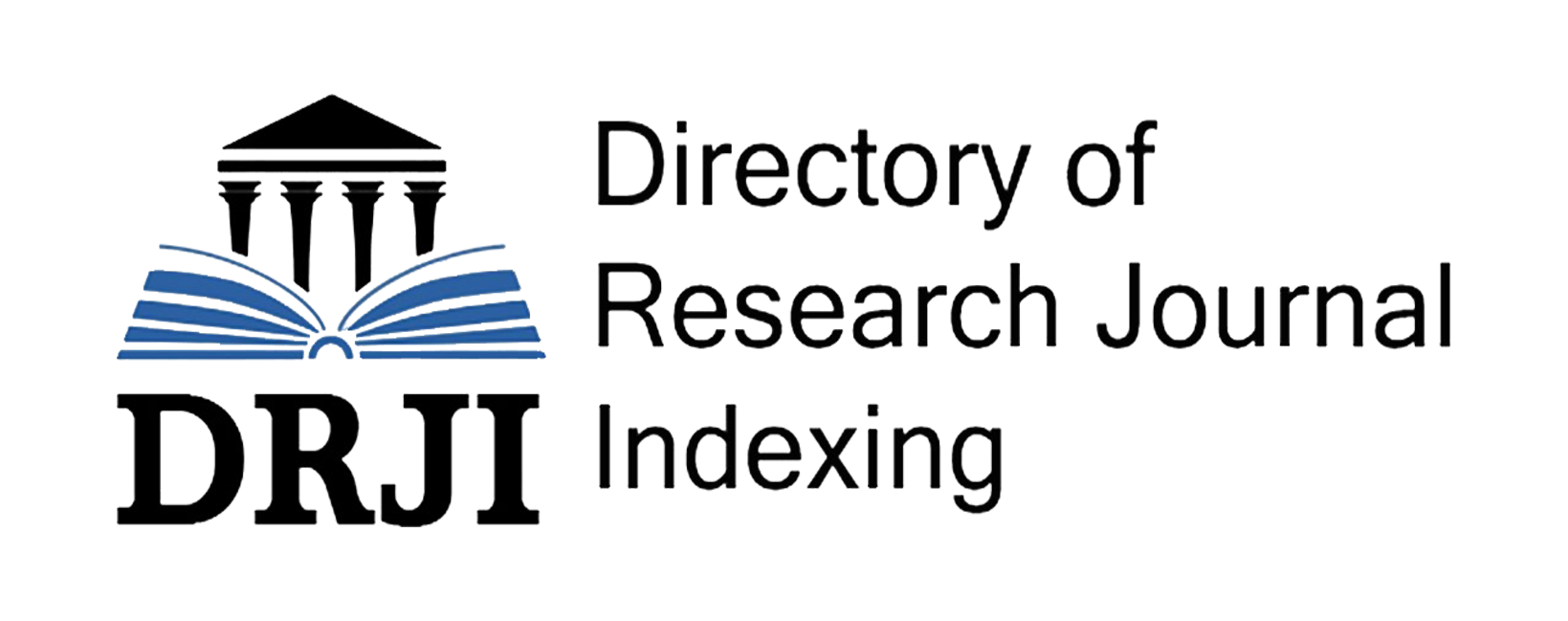INTEGRATION OF TEACHING THE LANGUAGE SKILLS WITH INFORMATIONAL TECHNOLOGIES
Keywords:
Information Technologies, language skills, language education, e-learning, gamification, speech recognition, language apps, digital literacy, teaching methodsAbstract
The integration of Information Technologies (IT) into language education has been transformative, enabling the enhancement of language skills through interactive, engaging, and personalized learning experiences. This paper explores the various methods by which IT can be integrated into language teaching to improve listening, speaking, reading, writing, grammar, vocabulary, and cultural awareness. The study examines how digital tools, such as language learning apps, speech recognition, e-learning platforms, and gamification, contribute to language proficiency. It also discusses the benefits and challenges of integrating these technologies into educational settings. The findings suggest that while IT facilitates learner engagement and access to authentic materials, there are challenges in terms of technological access, teacher preparedness, and balancing technology with traditional teaching methods.
References
1. Bailly, M., et al. (2019). The role of language learning apps in vocabulary acquisition: A case study on Duolingo. Journal of Educational Technology, 35(4), 45-59.
2. Blake, R. (2016). Bringing technology into language teaching: A critical review. Language Learning & Technology, 20(1), 1-11.
3. Chapelle, C. A. (2001). Computer Applications in Second Language Acquisition: Foundations for Teaching, Testing, and Research. Cambridge University Press.
4. Godwin-Jones, R. (2018). Emerging technologies: Mobile apps for language learning. Language Learning & Technology, 22(3), 4-17.
5. Puentedura, R. R. (2013). SAMR: A framework for integrating technology into teaching. Educational Leadership, 71(5), 22-27.
6. Sengupta, A. (2019). Video-based language learning in the digital age: A case study on the effectiveness of Edpuzzle. International Journal of Educational Technology, 43(2), 129-145.
7. Vesselinov, R., & Grego, J. (2012). Duolingo effectiveness study. City University of New York.
8. Zhang, X. (2017). The impact of speech recognition software on English pronunciation: A study of advanced learners. Computer Assisted Language Learning, 30(6), 567-584.








